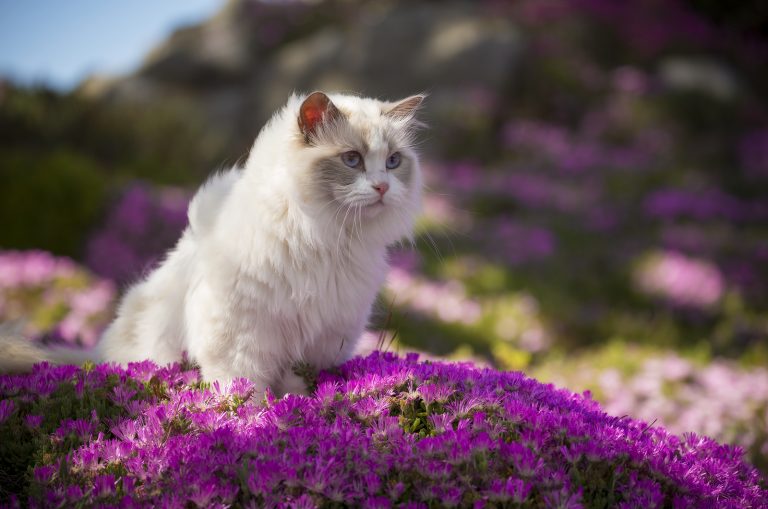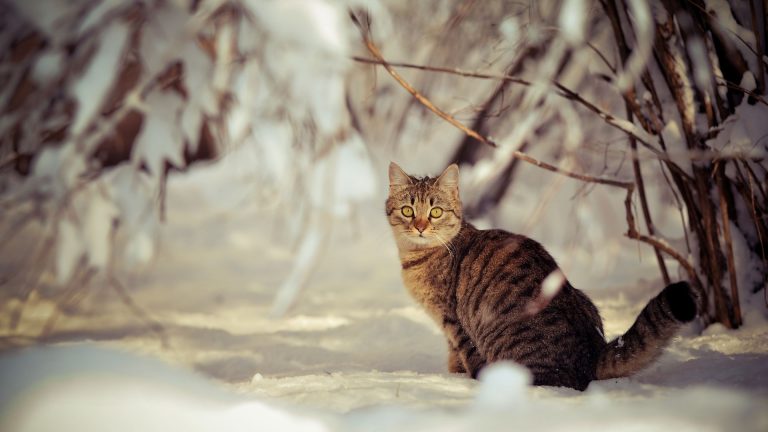13 U.S. Birds You Can Spot Right From Your Window
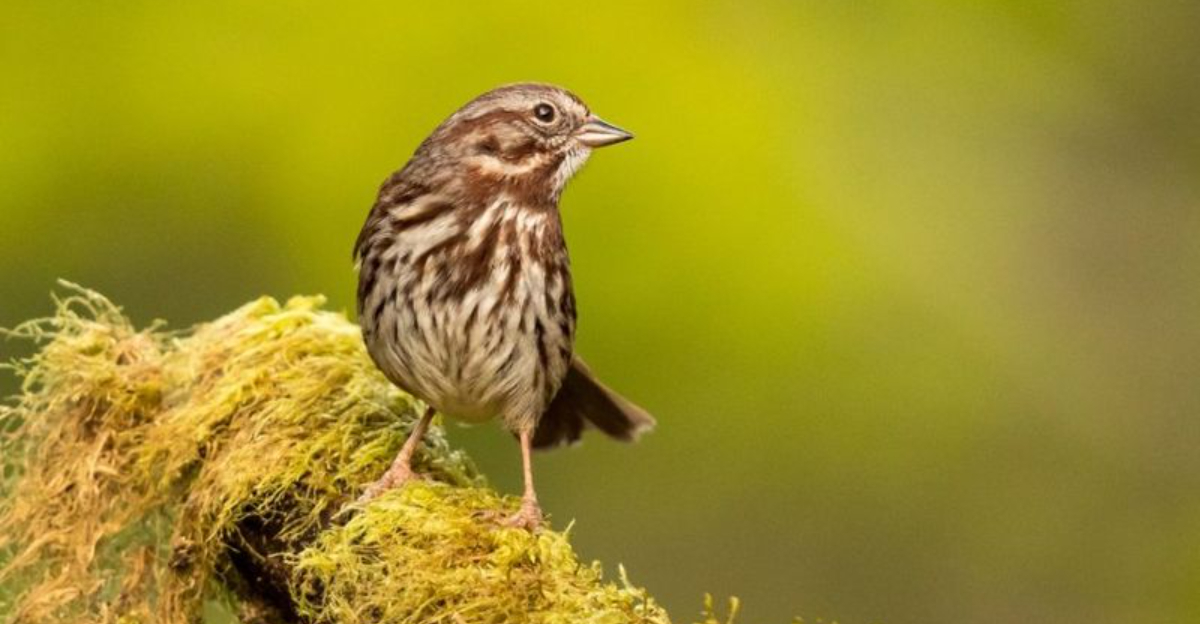
Ever wondered what those feathered visitors to your yard are called? Bird watching doesn’t require expensive equipment or hiking through forests – many fascinating species visit our neighborhoods daily.
With just a window and a curious eye, you can discover America’s diverse birdlife right from the comfort of home. Here’s a guide to 13 common birds you might see outside your window today.
1. American Robin
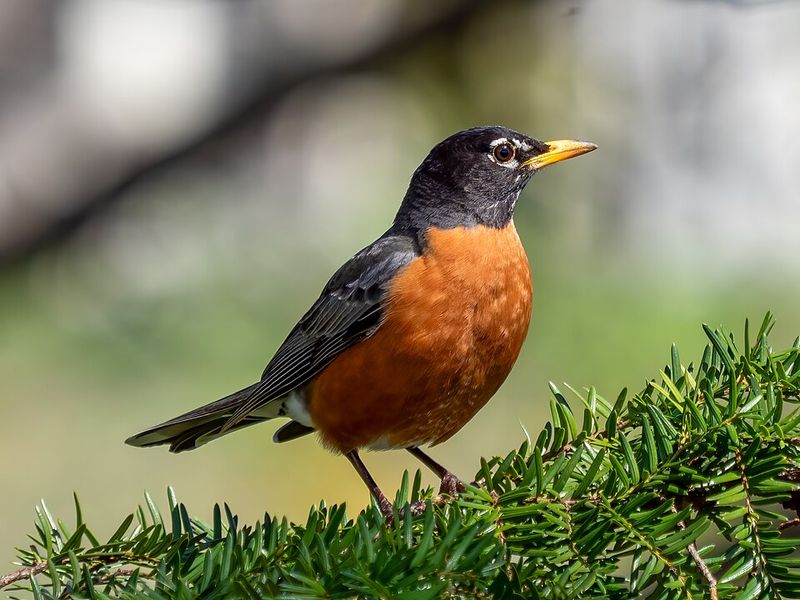
Sporting a rusty-orange belly and gray back, these early risers fill mornings with cheerful songs. They hop energetically across lawns hunting for worms, tipping their heads as if listening to movement underground.
Robins build mud-reinforced nests and often raise multiple broods each season. Many stay year-round in southern states while northern populations migrate with changing seasons.
2. Northern Cardinal
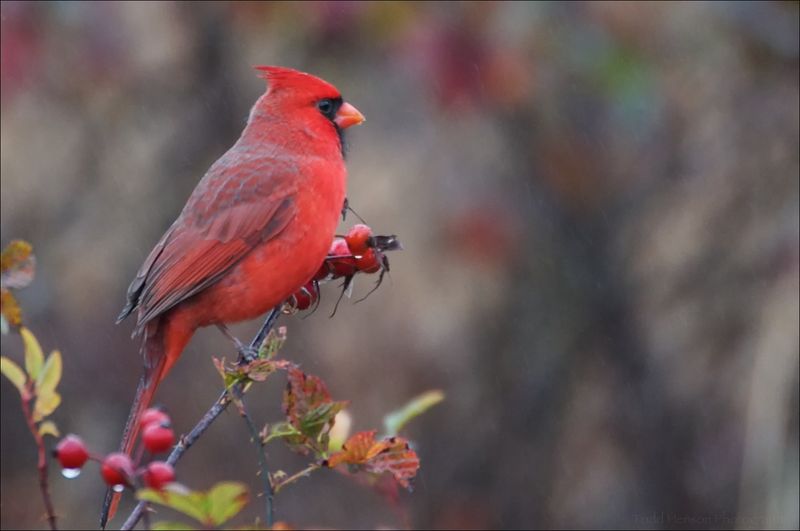
That flash of brilliant red outside your window? Male cardinals dazzle with crimson plumage while females showcase subtle tan feathers with reddish wings and crest. Their loud, clear whistles often sound like “birdie-birdie-birdie.”
Cardinals remain paired year-round and don’t migrate. Watch for them visiting feeders in pairs, where males sometimes feed seeds directly to their mates.
3. Blue Jay
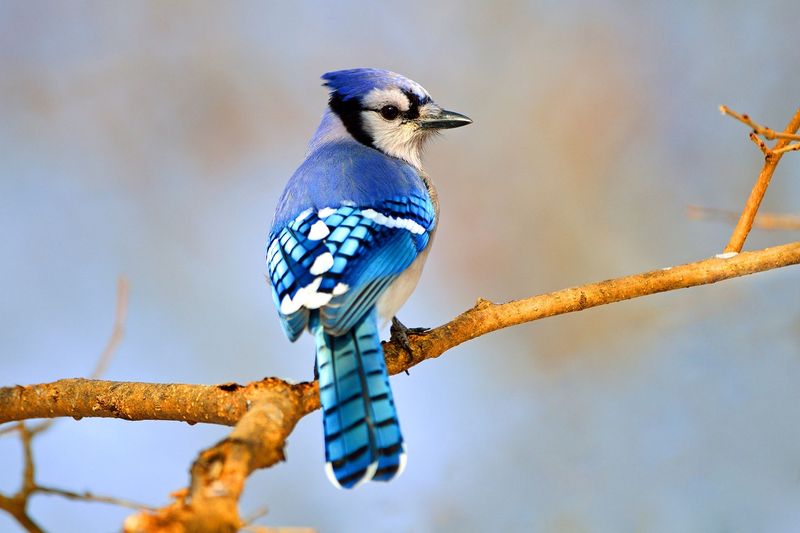
Masters of mimicry with attitudes to match, Blue Jays command attention with brilliant blue wings and distinctive crests. They’re highly intelligent birds that can imitate hawks to scare away competitors from feeders.
These bold birds cache food for later and remember thousands of hiding spots. Listen for their harsh “jay-jay” calls announcing their territorial presence in your neighborhood trees.
4. Mourning Dove
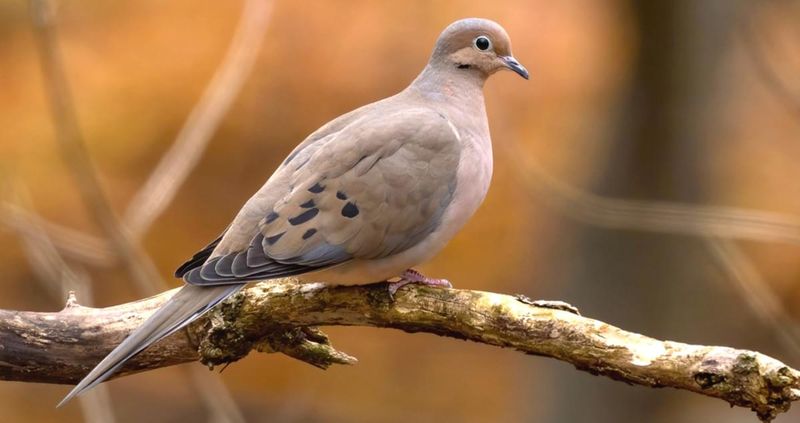
Graceful and gentle, these soft gray birds create a peaceful presence with their soothing “coo-AH, coo, coo, coo” calls. Their plump bodies and small heads make them instantly recognizable as they waddle across yards.
Mourning Doves often mate for life. They’re incredibly fast fliers, capable of reaching 55 mph. Look for them gathering in small groups on telephone wires or ground-feeding beneath your bird feeders.
5. House Finch
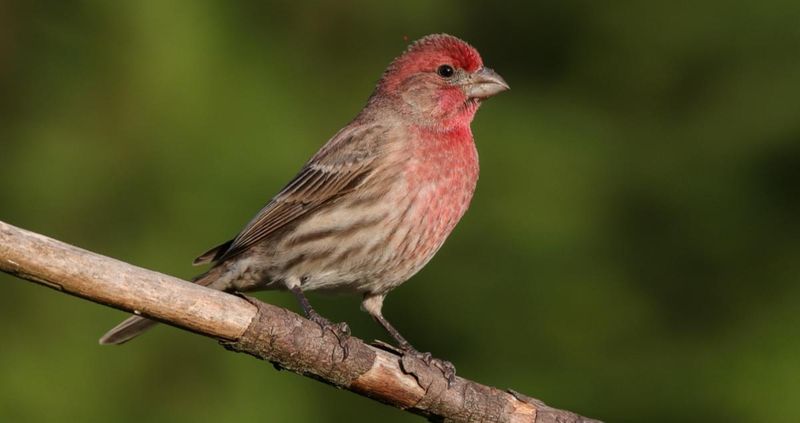
Originally desert dwellers, these adaptable birds now thrive nationwide. Males sport raspberry-red heads and chests that vary in intensity based on diet, while females wear streaky brown patterns.
Their cheerful warbling songs brighten winter days. House Finches form loose flocks at feeders, especially favoring black oil sunflower seeds. Watch for their bouncy flight pattern as they visit your yard.
6. American Goldfinch
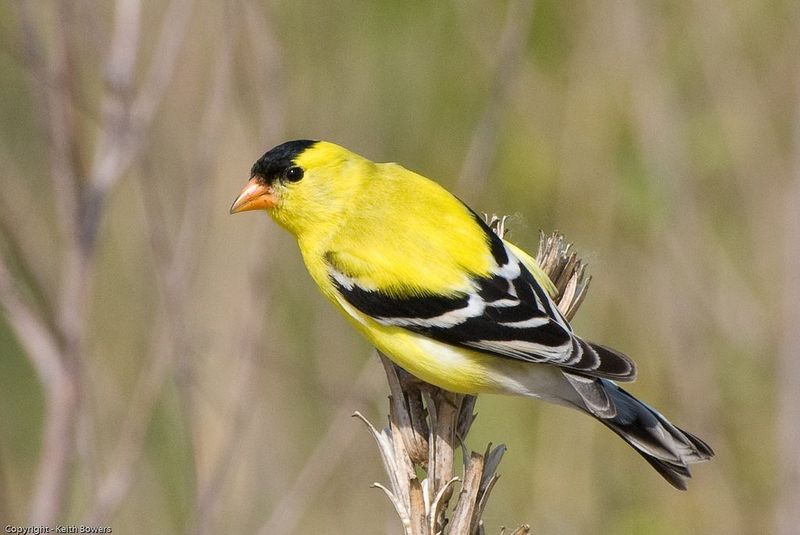
Summer brings these flying sunbeams to gardens nationwide. Males transform from dull olive winter coats to brilliant lemon-yellow with black caps and wings when breeding season arrives.
Goldfinches adore thistle seeds and are easily attracted to nyjer feeders. Their undulating flight pattern and sweet “po-ta-to-chip” calls announce their presence. Unlike most birds, they wait until late summer to nest when thistle down is plentiful.
7. Northern Mockingbird
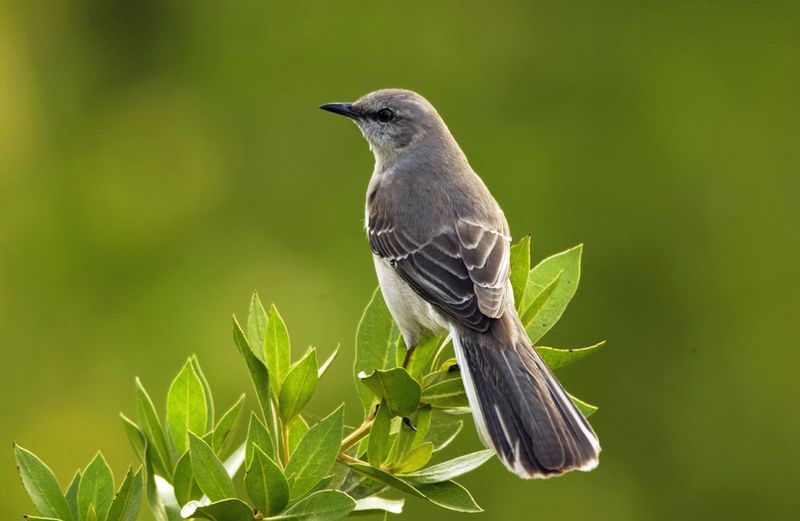
The neighborhood’s midnight maestro, mockingbirds can perform over 200 different songs, including car alarms and squeaky gates! Their slender gray bodies with flashy white wing patches catch the eye when they display in flight.
Fiercely territorial, these vocal mimics will fearlessly chase away cats, hawks, and even people. Look for them perched prominently on TV antennas or repeatedly leaping upward from branches while singing.
8. Downy Woodpecker
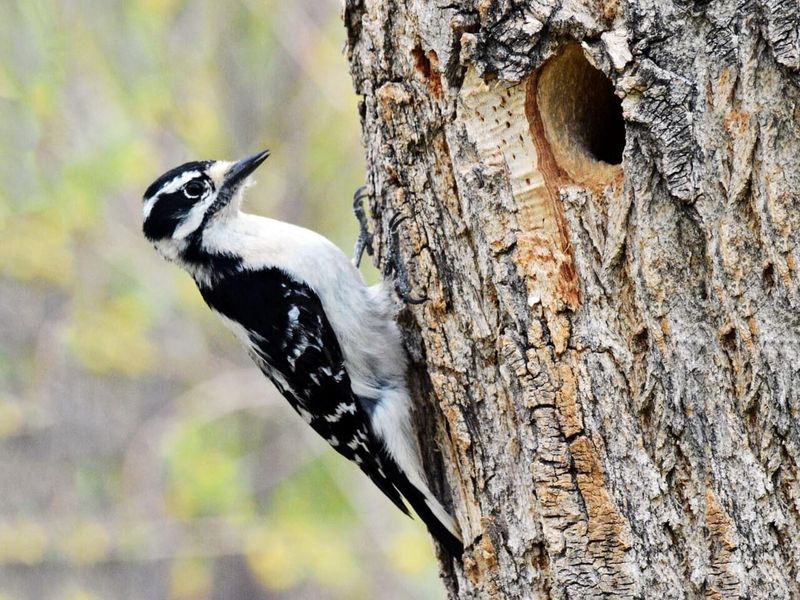
Tiny drummers with big personalities, these smallest American woodpeckers navigate tree trunks with nimble precision. Males display a bright red patch on their nape that females lack.
Listen for their rapid drumming or sharp “pik” calls. Despite their small size, Downies excavate their own nesting cavities in dead trees. They’re frequent visitors to suet feeders, especially during winter months.
9. Black-Capped Chickadee
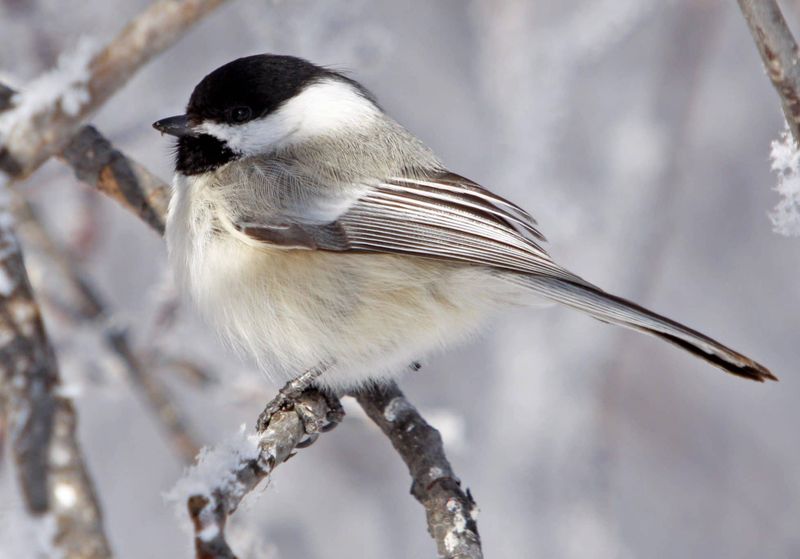
Bundled in their black caps and bibs, these tiny acrobats bring joy with their curious, fearless nature. They’ll investigate everything in their territory, sometimes landing on extended hands when food is offered!
Their name comes from their cheerful “chick-a-dee-dee” call, with more “dees” indicating greater alarm. These social birds cache thousands of food items, remembering each location with remarkable precision throughout winter.
10. White-Breasted Nuthatch
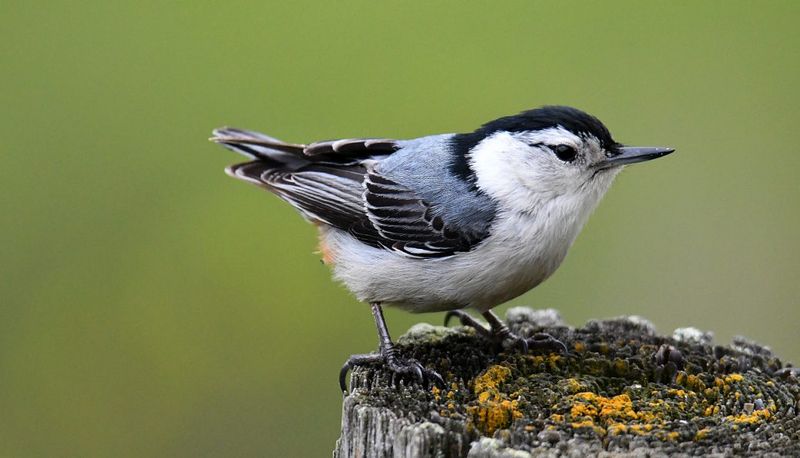
Gravity-defying specialists, these compact birds with oversized heads scurry headfirst down tree trunks like tiny blue-gray mice. Their nasal “yank-yank” calls echo through winter woods.
Nuthatches wedge seeds into bark crevices and hammer them open, giving them their name. They’re known for smearing insects around nest openings, possibly using the sticky residue as a predator deterrent. Watch for their distinctive upside-down feeding style.
11. Song Sparrow
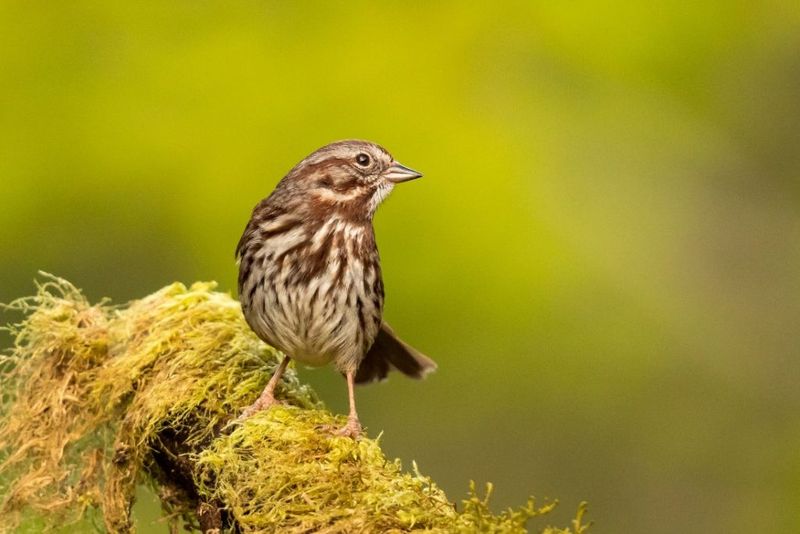
Master vocalists with humble appearance, these streaky brown birds deliver complex melodies from shrubs and low perches. Each male sings a unique arrangement of notes, trills and buzzes that identifies him to neighbors.
Look for their distinctive central breast spot. Song Sparrows adapt to diverse habitats from marshes to backyards. They’re ground-foragers who scratch through leaf litter hunting seeds and insects year-round.
12. Red-Bellied Woodpecker
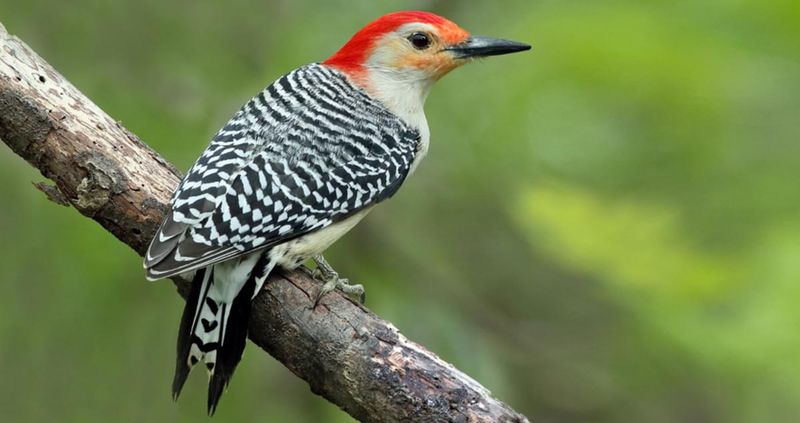
Despite their misleading name, look for their bright red cap and nape – not their barely-pink belly! These medium woodpeckers flash zebra-patterned backs when flitting between trees.
Their rolling “churr” calls announce their presence before you spot them. Red-bellies store food in tree crevices and even tuck nuts under bark for later. They readily visit suet and seed feeders, especially in winter.
13. Dark-Eyed Junco
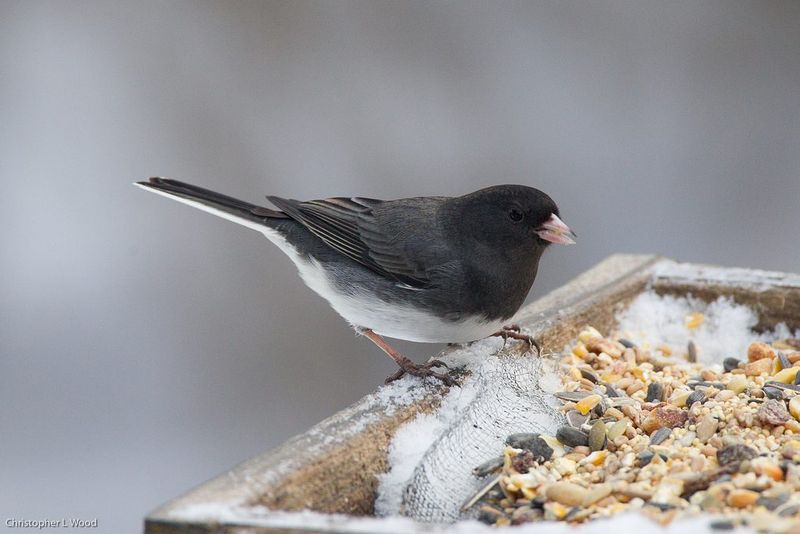
Winter’s ambassadors arrive with the first cold snap, their slate-colored bodies and flashing white tail feathers signaling seasonal change. These ground-feeding sparrows hop beneath feeders, cleaning up scattered seeds.
Juncos nest far north or in mountain forests during summer. Watch for their distinctive tail-flicking behavior and listen for their musical trill songs. These “snowbirds” appear suddenly after fall migration, brightening winter yards across America.


